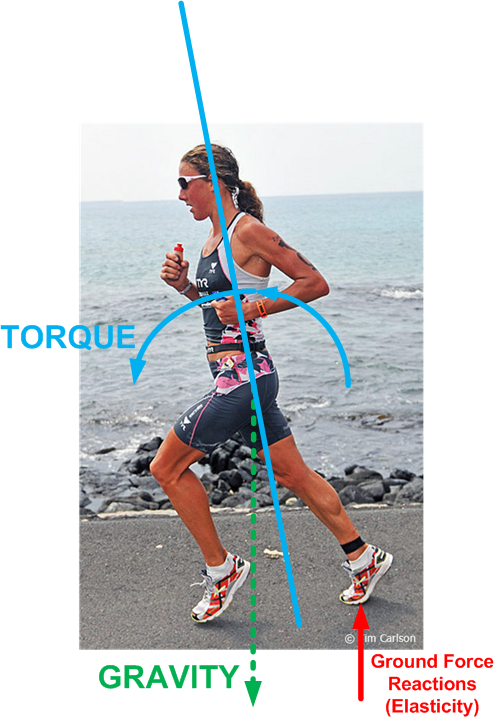 Relaxation is a common theme I'm hearing lately. I'm taking my wife to Bradley-method natural birthing classes. The theme there is "relaxation is key." Things will hurt more when we're tensed up. We see this often in our realities: the drunk driver thrown 200 feet from a car crash and being uninjured because he was relaxed (and mostly unaware). Getting a shot at the doctor's when you're tensed up with anxiety versus relaxed and letting it happen. Relaxation is also a huge component in running.
Relaxation is a common theme I'm hearing lately. I'm taking my wife to Bradley-method natural birthing classes. The theme there is "relaxation is key." Things will hurt more when we're tensed up. We see this often in our realities: the drunk driver thrown 200 feet from a car crash and being uninjured because he was relaxed (and mostly unaware). Getting a shot at the doctor's when you're tensed up with anxiety versus relaxed and letting it happen. Relaxation is also a huge component in running. Relaxation in running means turning off the muscles you shouldn't be using, and turning them on only when you need them. I'll explain how this is done based on the forces of running (pictured left):
- Gravity - pulling straight down
- Torque - a product of your lean, and
- Ground force reactions - elasticity in your muscles, tendons, ligaments, even cushion in your shoes
Torque is variable. If you lean more, you have more torque. The torque pulling your forward combined with the force of gravity pulling you down translates to speed.
The elasticity in your body that reflects the ground force reations is variable too - and this is where relaxation comes into play. If you are able to relax, then you can return (and utilize) most of the energy of the forces your body has experienced. The more tired you get the more unable you are to relax (and the more your body absorbs the shock of the energy forces expended on your body). Muscles that fatigue stick in their on (or engaged, un-relaxed) state. The more tired you are and the more your muscles are unable to relax, the more work it is to maintain your desired pace. You're working against natural forces. You become less and less efficient and less able to utilize the ground force reactions. Imagine filling the spring in a pogo stick with cement. A cramped up muscle is the polar opposite of relaxation - we all know that feeling!
How do I fix this?? Good question. Some under the skin electrodes and a nine-volt battery...just kidding. The way to adapt to this phenomenon is to:
- Consciously relax relax relax. Your brain is preventing these muscles from relaxing, it is also capable of reversing that. I always tell my athletes "Do you feel your calf jiggle when your foot lands? That's good, look for that!"
- Stay in control. If you feel muscles (such as lower leg muscles) not relaxing then take a break. Stop and stretch, walk, self-massage, and get acquainted with the differences in your muscles' rest state.
- Add volume/get exposure. It's important to reach the point where you're no longer relaxing in an attempt to push that phenomenon out farther. Slowly adding volume or rests between sprints are times to assess and practice relaxing.
Strength, distance, practice, and above all patience are tools you'll need to tell your muscles to chill and operate the way they're intended. Cool? Chill?
No comments:
Post a Comment